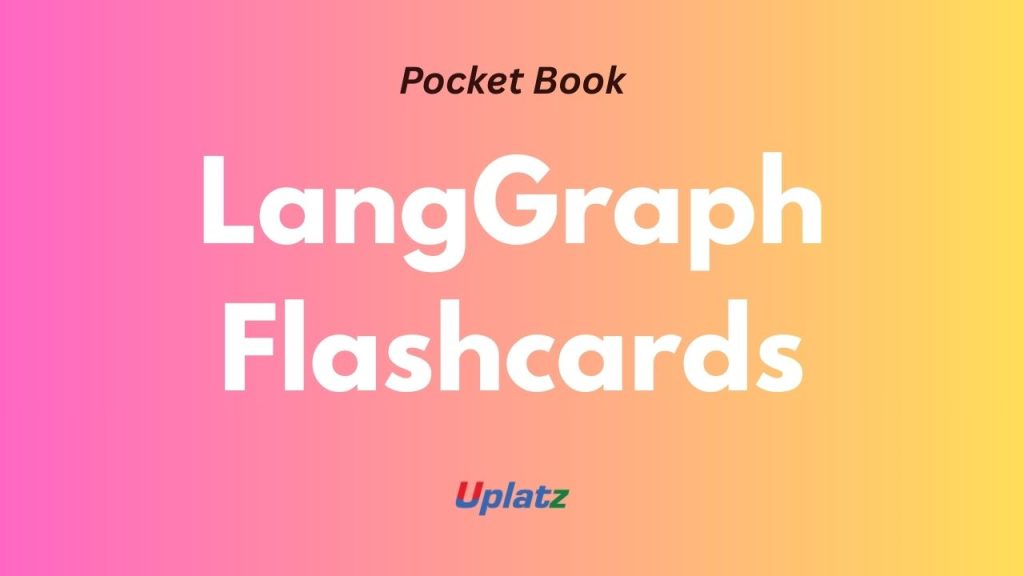

🧭 LangGraph Flashcards
LangGraph framework helps you build stateful, multi-agent LLM applications with clear control flow. It models nodes (steps), edges (routes), and memory for complex tasks. As a result, you can design loops, retries, and branching without hand-wiring every call. The flashcards below explain the core ideas and how to start quickly.
🔍 What is it?
A Python library for building stateful LLM apps and multi-agent workflows using graph-based control flow.
🧠 What does it enable?
You can model agents, tools, memory, and decisions using directed graphs that support branching and looping.
📌 How is it different from LangChain?
LangChain focuses on tool orchestration. This library adds first-class state and control flow between nodes and agents.
🔁 What is a node?
A node represents a step, such as a function, an LLM call, or an agent action. Connect nodes to describe the flow.
⚙️ What’s an edge?
Edges define transitions between nodes. They can be conditional based on tool or LLM outcomes.
🧪 Can it handle loops?
Yes. Unlike basic chains, it supports cycles to retry steps, iterate, or revisit nodes until conditions are met.
🛠️ Tool calling
Nodes and agents can call tools (similar to LangChain). Therefore, you can build modular, complex applications.
📦 Installation
Install with
pip install langgraph. Then connect your LLM provider and tools.🌐 Use cases
Multi-agent collaboration, planning and decision-making, customer support assistants, and agent-based simulations.
💡 Example
A support assistant where FAQ, escalation, and feedback agents coordinate through a graph to resolve issues.
For official references, see the
LangGraph documentation
and the GitHub repository.
In addition, explore our Uplatz Blog for AI agent tutorials and workflow patterns.
Therefore, the LangGraph framework is a strong choice for reliable, stateful LLM systems.
